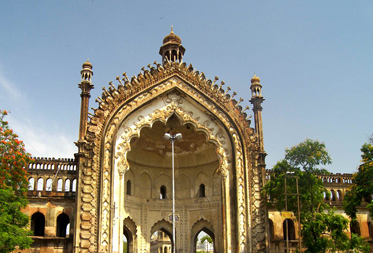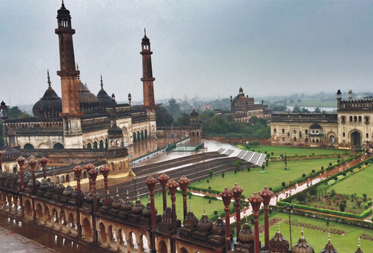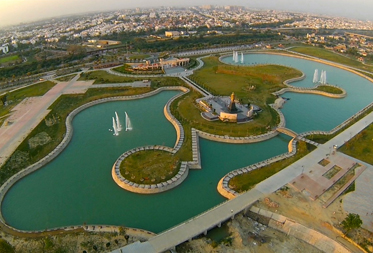RSVS UP 171
History
Lucknow traces its origin to the Suryavanshi dynasty of Ayodhya in ancient times and derives its name from Lakshman, brother of Lord Rama, the hero of the Indian epic 'Ramayana'. The city came into eminence only during the 18th century. In 1732, Mohammad Shah, one of the later kings of the once powerful Mughal dynasty, appointed Mohammad Amir Saadat Khan, a Persian adventurer of noble lineage, to the vice royalty of Awadh which included Lucknow as well. At the time of the first war of independence in 1857, the city suffered a lot of damages, vestiges of which are still evident in the dilapidated buildings. The old past was replaced with new developments during the British period. Post-independence, Lucknow replaced Allahabad as the capital of Uttar Pradesh
Lucknow Metropolis
Lucknow Metropolis, the state capital of Uttar Pradesh, traditionally known for its rich cultural heritage and distinct etiquette is emerging as one of the fastest growing non-metropolitan cities. Shedding its old image of a city famous only for its unique styles of embroidery like 'Chikan' and 'Lakhnawi Zardozi', it is today a centre of modern technology, with a high level of investment, institutional development and progressive outlook. Today, Lucknow is an amalgamation of cultured grace and newly acquired pace of economic and infrastructural development.
Geographical Location

The city is geographically located at 26.50 N and 80.50 E in the Northern Gangetic plains, around 123 metres above sea level. The present metropolitan area of Lucknow is envisaged to be 3091.40 sq. km. The River Gomti flows through the city, dividing the whole city diagonally into trans-Gomti and cis-Gomti regions. Some of the tributaries of this river are the Kukrail, Loni and Beta. The Sai river flows from the south of the city. Lucknow witnesses diverse climatic conditions, with hot-humid summers from April to June (maximum temperature 470 C) and cool-dry winters from December to February (minimum temperature 200 C).
Surrounding Towns and Cities

The city is surrounded by towns and villages like Malihabad, Kakori, Mohanlalganj, Gosainganj, Chinhat and Itaunja. It is bounded by the Sitapur district in the north and the Barabanki district in the east. To the north west of the city is Hardoi district, while south-east and south-west are bounded by Rae Bareli and Unnao districts respectively.
Economy and Demographics

As per the provisional census 2011, the population of Lucknow had seen a decadal growth of 25.79% and stood at 4,588,455. This included 2,407,897 males and 2,180,558 females. The district had a literacy rate of 79.33%; male and female literacy were at 84.27% and 73.33% respectively. The sex ratio of Lucknow witnessed an increase of 2.03% over the decade and stood at 906 females per 1000 males.
The service sector forms the main economic base of the city. Government departments and the public sector undertakings are the principal employers of the salaried middle-class. Liberalisation has created many more opportunities and the service sector and self-employed professionals are burgeoning in the city.



